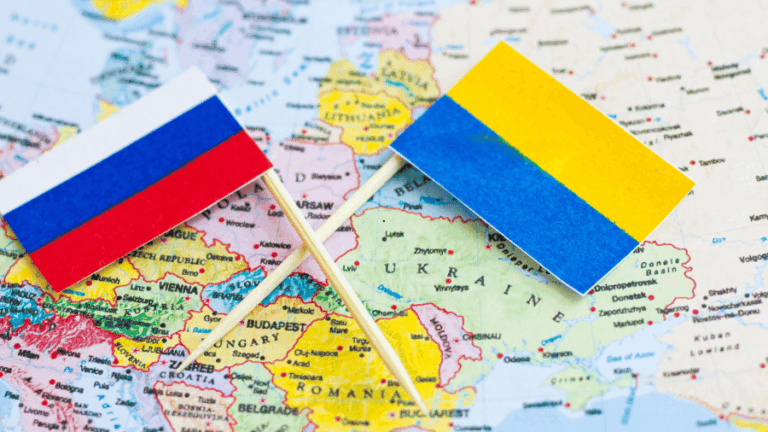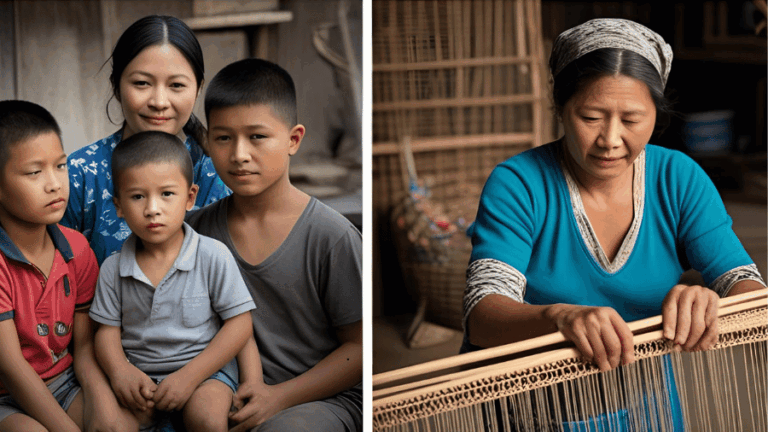Beyond the Headlines: The Hidden Human Stories Behind Today’s Biggest Global Events

In a media ecosystem driven by urgency and algorithms, it’s easy to forget the most important element of every major news story: the people. Behind every headline about war, disaster, economic downturn, or political upheaval, there are individuals and communities living through these crises. Their stories are rarely told with the same intensity or reach as breaking news updates, yet they hold the emotional core of global events.
As we consume content faster than ever, the human stories behind global news are being drowned out by metrics and cycles. But as the world becomes increasingly complex—riddled with conflicts, climate shifts, and rising inequality—understanding these lived realities is essential. It’s no longer just about staying informed. It’s about staying connected.
Take the Ukraine-Russia war, for example. The coverage often focuses on military strategy, political implications, and international sanctions. But the reality for ordinary Ukrainians—families torn apart, children attending school in bomb shelters, grandparents refusing to leave their ancestral homes—reveals the true cost of geopolitical conflict. For every strategic gain or loss, there are thousands of deeply personal losses.
In eastern Ukraine, journalist Anna Poltorak recently documented the story of a mother who buried her husband and father on the same day and still finds the strength to care for displaced children in her region. These are the kinds of narratives that show us what endurance, grief, and resilience really look like.
In India, climate change is no longer a distant threat—it’s daily reality. Yet, the news tends to highlight temperature records or government initiatives rather than the plight of farmers whose crops have failed three years in a row. In Maharashtra, entire villages are being abandoned due to water scarcity. Families who once lived off the land are now urban migrants, living on the margins in cities. Their lives represent not just a climate crisis, but a collapse of generational identity.
These human stories behind global news challenge us to go beyond statistics. While we may read about rising refugee numbers in Europe or Africa, it’s when we listen to a 12-year-old Syrian boy explaining how he still dreams of rebuilding his school, or a Rohingya woman describing her journey across the sea with an infant strapped to her chest, that we truly understand the stakes.
In Venezuela, the economic crisis has created a shadow diaspora across Latin America. Entire generations are growing up stateless, often in limbo between borders. Their stories are rarely told in national debates about immigration. But they embody the price of failed policy, inflation, and broken systems. Many of these children are becoming part of the invisible economy—working, surviving, and hoping without access to education or safety.
In Afghanistan, the withdrawal of foreign troops and the resurgence of the Taliban created headlines across the world. But what about the women professors banned from teaching? Or the young girls forced to burn their books in fear? These are not statistics—they are lives suspended between hope and despair. Human rights discussions must be grounded in these personal stories.
This isn’t just about conflict zones. Even within developed nations, the aftermath of events like school shootings in the U.S., flooding in Germany, or wildfires in Canada continues to shape lives long after the media spotlight fades. Trauma lingers in communities, and often the support systems collapse once the attention moves elsewhere.
For example, in the town of Lytton, British Columbia, which was almost entirely destroyed by wildfire in 2021, many families are still living in temporary shelters. Their experience offers insight into long-term disaster recovery—a phase rarely documented but vital to understand resilience planning.
The power of personal storytelling is that it invites empathy. When we read a story about a young Afghan girl who secretly teaches others to read, or a Ukrainian grandfather who volunteers as a translator for refugees, we’re reminded that humanity doesn’t end with a headline. It begins there.
And yet, traditional media models are struggling to fund this kind of storytelling. Human-interest journalism takes time, resources, and trust-building. In response, independent platforms like Humans of New York and nonprofit journalism outlets like The Fuller Project are stepping in to document voices otherwise unheard.
These platforms are not just sharing stories—they are shaping how we engage with the world. When people see themselves reflected in others, across cultures or contexts, the effect is powerful. It builds a sense of global solidarity and shared vulnerability.
Social media can help or hinder this process. While platforms like Instagram and TikTok enable frontline storytelling, they also risk turning tragedy into content. The challenge lies in how we curate and elevate authentic human experiences while avoiding exploitation or desensitization. This is where ethical storytelling becomes crucial.
Many NGOs and grassroots campaigns are now adopting community-led media strategies—training local people to tell their own stories through audio, photography, or video. This shift from being “reported on” to “reporting from within” offers a new, more dignified approach to global coverage.
These personal accounts often lead to real-world impact. A short video of a Kenyan schoolgirl walking 10 kilometers to school prompted donations that rebuilt her community’s schoolhouse. A post about an unemployed Syrian father cooking for orphans became a fundraiser that funded a food program for 6 months.
Even brands and businesses are recognizing the power of these stories. Purpose-driven marketing now involves amplifying real voices from affected communities, aligning profit with compassion. Gen Z consumers, especially, are driving this demand for authentic, socially conscious narratives—another reason why storytelling matters in modern business, too.
As readers and citizens, our role is not passive. We can choose to support platforms that prioritize depth over clicks, subscribe to independent outlets, share meaningful content, and advocate for media literacy. When we look beyond the headlines, we begin to dismantle the distance between “us” and “them.”
Internal stories also matter. Across your neighborhood, someone may be dealing with the echoes of a distant war, a family member lost to migration, or the scars of economic displacement. Every city, town, and digital community carries global threads woven into its local fabric. We just need to listen.
As global crises become more interconnected—climate change feeding conflict, economic collapse driving migration, misinformation inflaming public discourse—the need to humanize the news becomes more urgent. The more we understand the personal toll of these issues, the better equipped we are to act—not just as informed citizens, but as compassionate ones.
The next time you scroll past a breaking news headline, ask yourself what stories are going untold beneath it. Whose voice hasn’t been heard? Whose life has changed forever?
Because behind every headline, there is a human.




